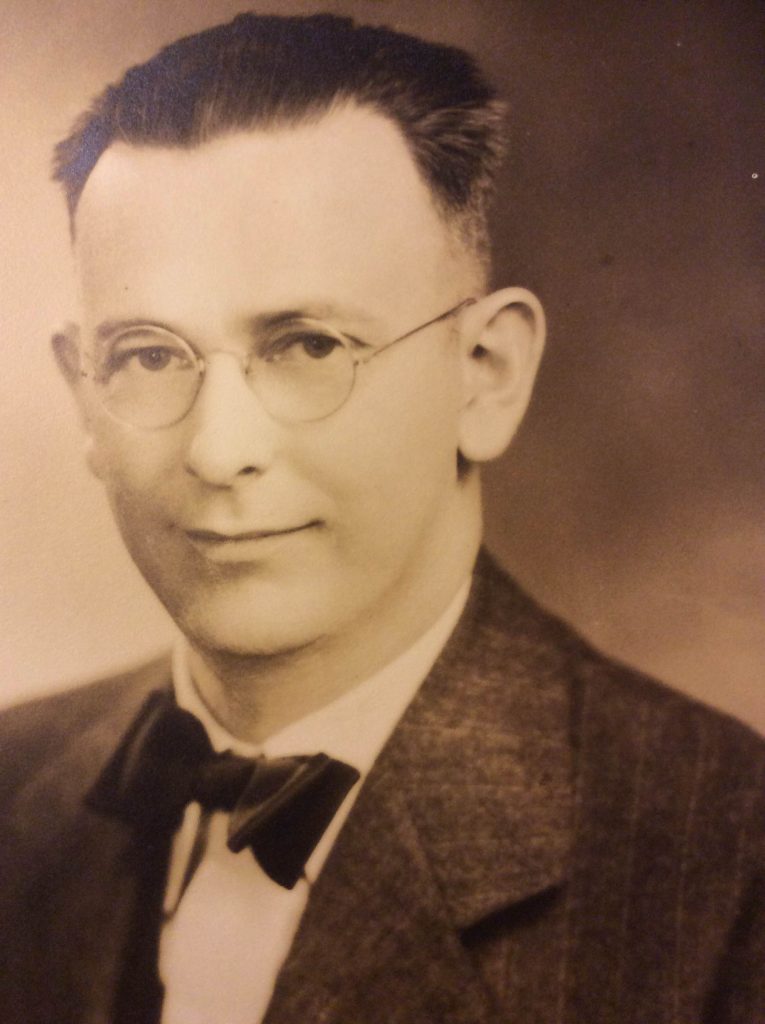William L. Fink (1896-1992) was an American metallurgist.
After obtaining his bachelor’s and master’s degrees in engineering and a Ph.D. in chemistry from the University of Michigan, Fink joined the Aluminum Company of America (Alcoa) in Pittsburgh. He rose to become chief metallugist at Alcoa’s Aluminum Research Laboratories.
During the Manhattan Project, Fink was on loan from Alcoa to the Metallurgical Laboratory at the University of Chicago. Fink was known for his expertise in developing aluminum alloys and knowledge of alloy structure, corrosion, and nondestructive testing.
He later expressed unhappiness about the deaths caused by the atomic bombs, and visited Hiroshima and gave several lectures in Japan in the 1960s and 1970s.
Scientific Contributions
Fink wrote numerous papers and received a dozen patents on topics such as alloy structures, radiography, and the development of thermal treatments. After retiring from Alcoa in 1961, he worked with NASA to develop the undercoating for the Project Mercury capsules, which successfully carried the first U.S. astronauts into space. He also developed the Fink Method, a technique that uses X-rays to analyze inorganic compounds. For more details on his scientific work, click here.
Dr. Fink passed away in 1992 at the age of 95.
Information contributed by Dr. Fink’s granddaughter, Jeanne Hochstetler, and great-granddaughter, Jill Goddard.





